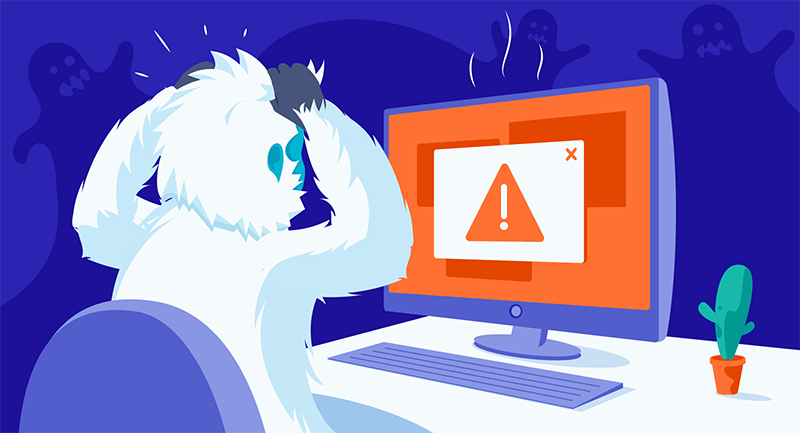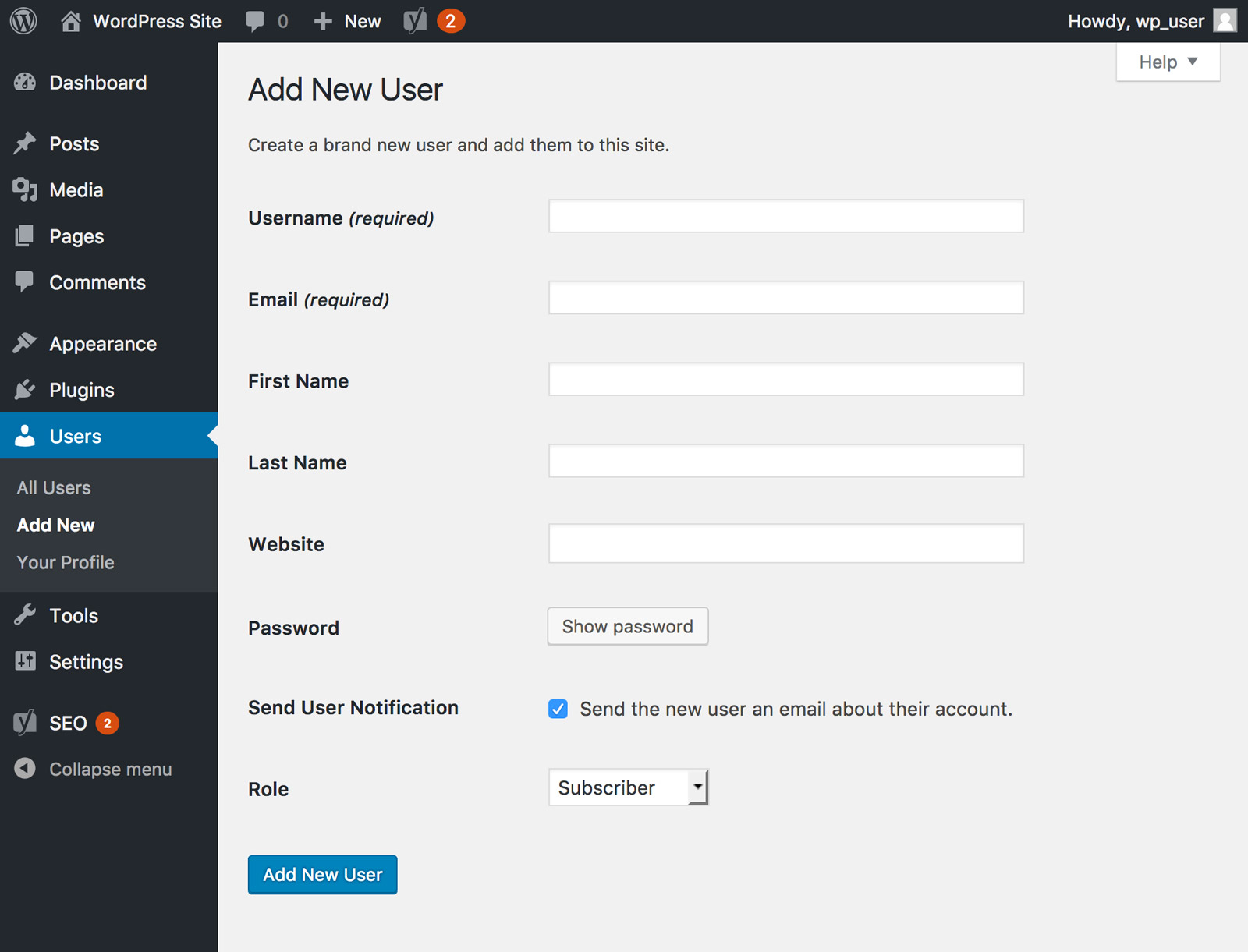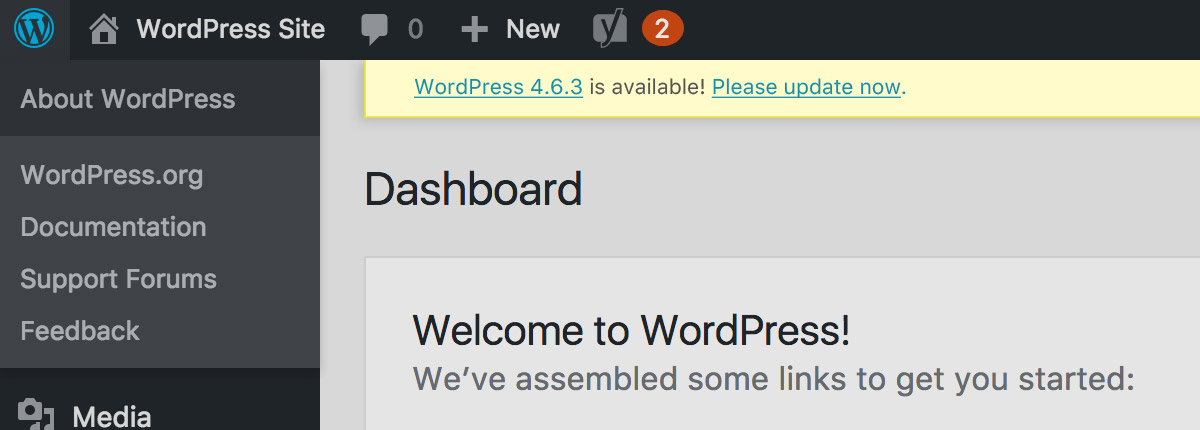| Subtotal | $0.00 |
| Subtotal | $0.00 |

Keeping your WordPress site secure takes a little effort but should be top of the agenda for anyone serious about their website. WordPress security is a complicated topic; this guide will take you through the most important issues affecting WordPress installations and give you a better understanding of how to manage the varied risks associated with building a site powered by the CMS.
Taking a few steps to counter vulnerabilities will keep your site secure and prevent WordPress security hacks. This article covers everything you need to be aware of about potential security threats and how to counter them. In addition to basic tips to help protect your website against hackers and malware, this piece also covers updates, backups, database protection and security plugins.
Since WordPress holds such a large piece of the CMS market share, it comes with extra security concerns. It’s a popular target for hackers because it offers them many potential victims to pick from. Their goals can include stealing personal information, adding malware, making a website unavailable to users or to send spam email —the list goes on.
With so many hackers with a vested interest in infiltrating WordPress sites, you may wonder if the software is secure. In a word, yes, WordPress can be a very secure platform if you take the necessary steps.
It’s a mistake to think that your site is too small or insignificant for a hacker to target. Anyone running a small business website or even a simple blog is a potential target and must limit WordPress vulnerability and keep security in mind. Before moving on to specific preventative measures, let’s review the two approaches used to hack WordPress websites.
Hackers target individual sites as well as large clusters. With individual sites, they place all their resources into infiltrating one particular site by pinpointing it’s vulnerabilities. With groups, they will target the widest number of websites possible with automated tools. These tools scan a range of IP addresses for vulnerabilities which permit easy access. Sites powered by a specific version of WordPress or located on a particular shared hosting server for example. The best action you can take is to make this as difficult as possible, so they go elsewhere.

A website that’s 100% secure is a work of fiction; every WordPress site owner needs to take steps to keep it as protected as much as is possible. The best approach is to implement security practices against the largest and most common threats. To do so, you need and being able to assess the risks you’re facing. Hackers exploiting software vulnerabilities present the biggest problem for WordPress users. The WordPress platform itself isn't entirely to blame; the biggest issues are directly related its extensibility and the frequency of updates.
In most cases, WordPress-powered sites are compromised because their core software, files, themes, and plugins are outdated making them traceable. This is an open invitation to hackers. It's essential to update WordPress to the latest version.
Access is also a huge factor. Errors along this line include: common usernames like "admin"; passwords that aren't strong enough and installing plugins and themes without doing any basic research into their credentials.
The reason behind many hacked WordPress websites is that site administrators fail to take any basic preventative action until it’s too late. Then comes the process of fixing a hacked site, costing time and money. You can lose customers, and the security breach can even impact your organic Google ranking.
You need to approach your website’s security proactively because by the time you notice that something’s gone wrong, it’s too late. Avoid any inconvenience and spare yourself some energy and money by taking measures to prevent a cyber attack.
There are multiple ways to prevent or deter hackers. You have to target any vulnerabilities and take the necessary steps to get them in good shape. To get started, you don't need any prior security knowledge, just some basic familiarity with WordPress.
Take a holistic approach to account security by keeping not only your WordPress Core secure but all other related accounts secure such as your host and PHP or database. We recommend adopting the following methods to keep your WordPress core secure.

Updating WordPress to the latest version should be a matter of course. Make sure your WordPress core files are updated with the latest release to keep your site safe from outside interference.

WordPress notifies users in their Dash when a new version is released. You can also subscribe to the WordPress Releases RSS feed for this information. There are also plugins available which keep your site automatically up to date. Aside from the software, be vigilant with your themes and plugins. Be careful to deactivate and remove unused themes and plugins. They can pose a security risk since they will eventually get outdated making them vulnerable, so as a rule of thumb, if you're not using it, delete it.
The popularity of WordPress means there’s an expanse of plugins — each one having the potential to open up additional vulnerabilities. It's best to stick to trusted plugins and themes from the WordPress repository or well-known companies to avoid future problems. Reputable theme providers and plugin developers are more likely to take a proactive approach to security, for example, many of the top WordPress plugin or theme developers are audited by a third-party before release.
When you install a WordPress security plugin, you're granting it access to your WordPress files, directories, and database. You can't limit this access which is why it's important to understand what a plugin will be accessing. To get this information read the plugin documentation and reviews to check its reputation. Once you're satisfied, you can grant a plugin access to your system by installing it.
WordPress users often don’t realize the importance of backups and website security until it's too late and their website is hacked. If you back up regularly, you can quickly restore your WordPress site should a problem arise. This makes them an important line of defense against cyber attacks. To be on the safe side, make regular backups to a remote location (not your hosting account) such as a cloud service.
There are several ways to backup your site. Most decent hosting providers run automated backups. To be on the safe side, check when you sign up. There’s also an abundance of backup plugins to get the job done such as VaultPress and BackupBuddy. These plugins are reliable and most importantly, easy to use.
Your host plays an important role in the security of your site. Many WordPress hosting solutions offer proactive security measures such as blocking an IP address after a given number of failed login attempts, automatic backups and updates and advanced security configurations. If you want to take the worry out of keeping your site secure, you need look no further than EasyWP to cover your WordPress hosting and security needs.
It should go without saying, but you should keep an eye on what’s happening with your website. Being vigilant can potentially avert damage by catching a security breach as early as possible. For example, regularly check your analytics for any sudden changes to your site’s traffic. Has it suddenly dipped dramatically? Are users visiting a page you don’t remember creating? Issues like this can indicate a problem. Use these tools to monitor your website:
Make it difficult for a hacker to gain access to your WordPress database by taking steps to boost its armor and out of the wrong hands. The following tips will make it harder for anyone to gain unauthorized access to specific parts of your database:
## Disable Editing in Dashboard
define('DISALLOW_FILE_EDIT', true);
WordPress security plugins are easy all-in-one solutions for WordPress websites. The following are a selection of useful plugins to keep your site safe and minimize risks.
Cleaning up a WordPress site is difficult and time-consuming, and we’d advise you to let a professional take care of it. Hackers install backdoors on affected sites, and if these aren’t fixed properly, it’s more likely that your website will get hacked again.
Launch your website in minutes
Start growing your business online with the flexibility of WordPress and simplicity of EasyWP.
Need help? We're always here for you.